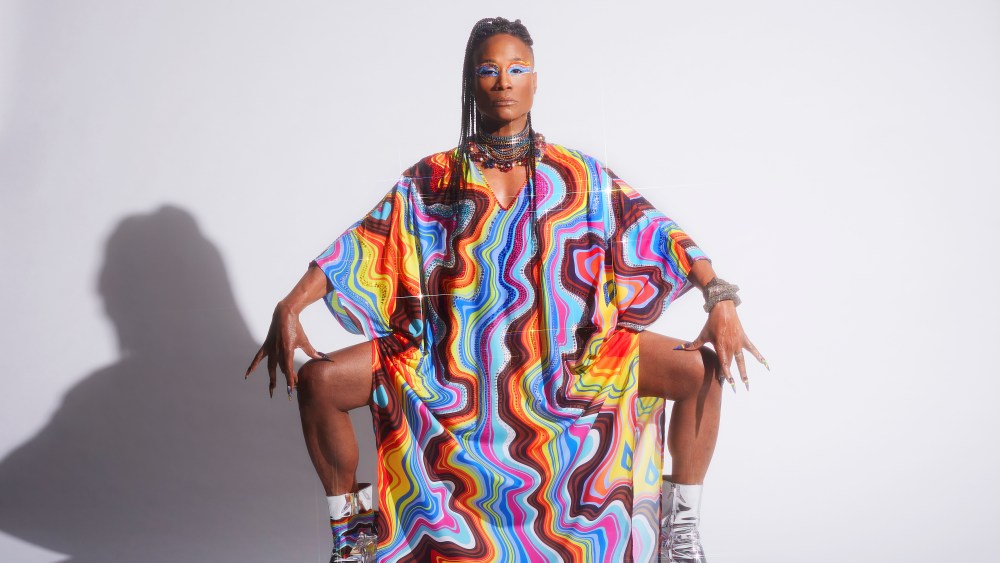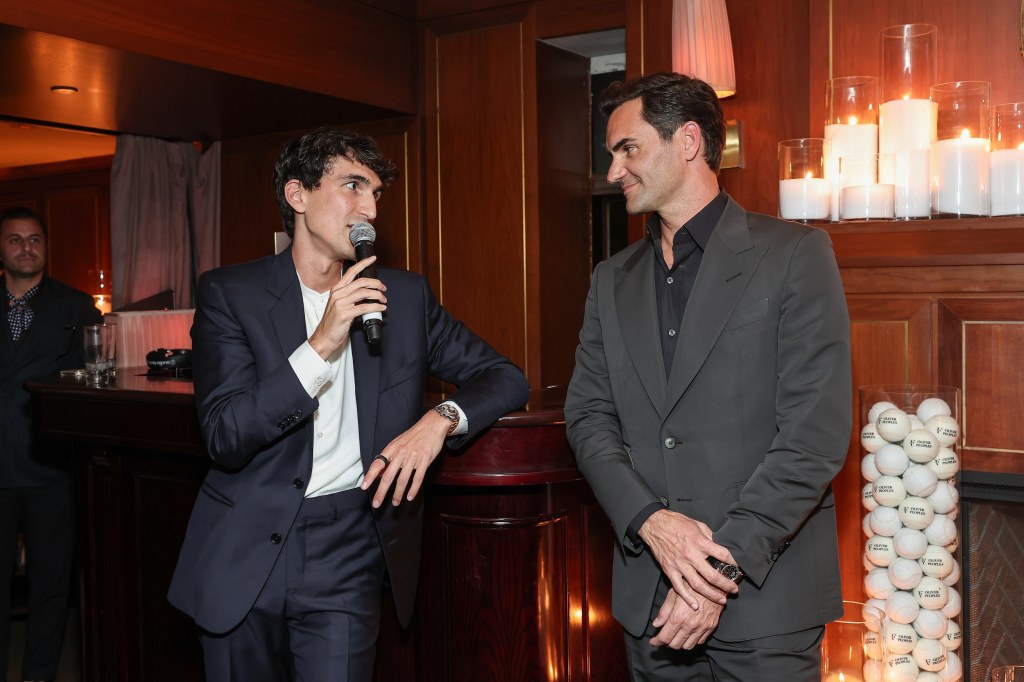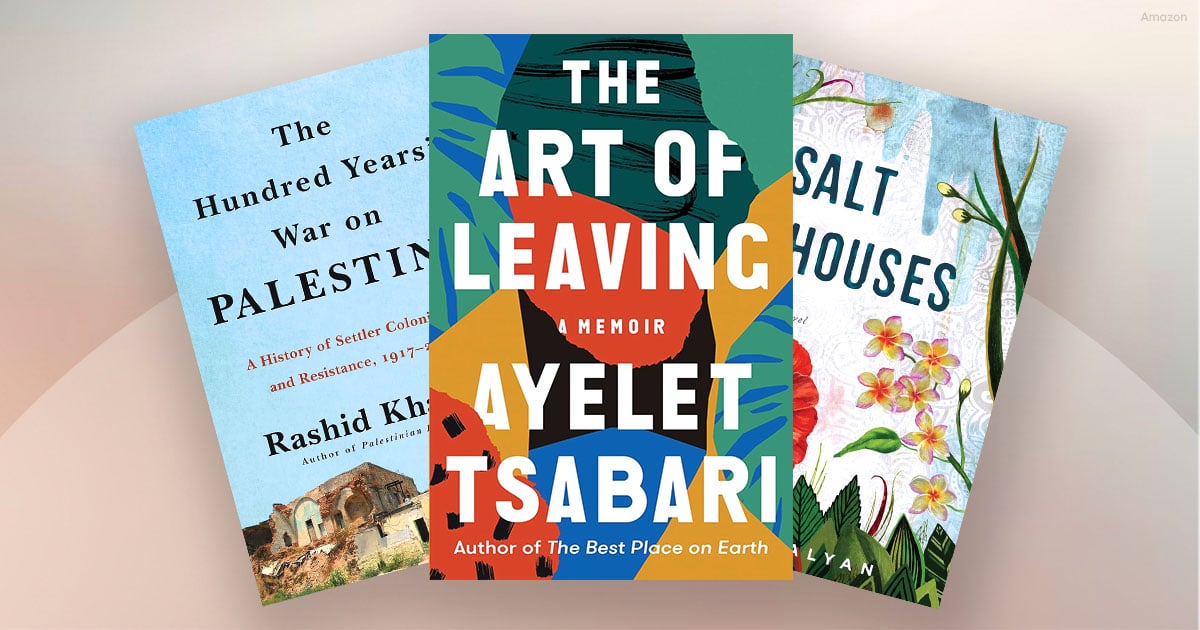PARIS — Cameron Silver is in his caftan era.
On tour to celebrate his new book, “Caftans: From Classical to Camp,” the vintage expert has been sporting all manner of robes, thobes and other variations on what he terms “our original gender-fluid garment.”
On his way to the New York launch event at the Michael Kors boutique on Madison Avenue wearing a custom Andy Yu caftan, his driver commented: “Nice dress.” Far from being deterred, Silver plans to double down on caftan dressing as he prepares to hit Paris Couture Week for another book signing at the Librairie Galignani on Monday.
“I totally drank the caftan Kool-Aid,” he said with a laugh.
You May Also Like
The founder of Los Angeles boutique Decades was not sold initially on the idea of dedicating an entire book to the garment that has been worn by everyone from Paris Hilton to Queen Elizabeth II.
But once he started to do the research, he found the imagery so “intoxicating,” he was prompted to revisit some of the pieces gathering dust in his closet. “I realized I had quite a large collection that I had procured for myself over the last 30 years,” he said.

The Great Equalizer
The book, published by Vendome Press, features images of style icons such as Veruschka, Diana Vreeland and Talitha Getty; celebrities ranging from Jackie Kennedy to Rihanna, and royals including Queen Rania of Jordan and Princess Diana.
“What other garment is worn by a sheikha in Doha and the Queen of England? That’s kind of magical,” Silver mused.
“It is a garment that’s worn by royals, but that same garment is worn by the people who serve them, so I think it’s a very unusual garment. I call the caftan the original T-shirt because the T-shirt is like a great equalizer, and so is a caftan,” he added.
The perennially popular piece of clothing enjoyed a revival during the coronavirus pandemic, as it gave a glamorous gloss to lounging at home.
Aside from the obvious advantage of comfort dressing, Silver noted the caftan ticks a bunch of boxes for today’s consumer: appropriate for all genders, it’s size inclusive and environmentally friendly, as it does not require hardware and never goes out of fashion.
“Caftans have been with us since we were living in the Paleolithic period,” he said. “It’s the oldest garment that’s the most modern garment at the same time. It’s got great irony.”
Silver worked on the book while curating “Endless Summer: Palm Beach Resort Wear,” an exhibition that just wrapped at the Richard and Pat Johnson Palm Beach County History Museum.
“I’ve been surrounding myself by caftan wearers,” he said with a laugh. “I call it Big Caftan Energy.”

Out of the Vault
He collaborated with photo researcher Kelly Preedy to gather the images for the tome. “Kelly got what I’m about. I like glamour,” he said. “Everything had to be inspirational.”
While some pictures are instantly recognizable, like the Patrick Lichfield shot of John Paul Getty Jr. and his wife Talitha posing on the terrace of their holiday home in Marrakech in 1970, others required a little more digging.
“There were some images that were so difficult to get. For example, the Diana Rigg and Missoni, we could not find that image anywhere. It showed up on eBay,” Silver said of a photo of the actress spreading her arms to show off the fringes on her printed dress with cape sleeves, which he calls one of his favorite pieces of 20th-century fashion.
“We had to send faxes sometimes, or write letters to people because these images have not been seen in decades,” he added.
Silver is especially fond of a shot from 1969 of a model posing in a red and white supersize caftan by Finnish label Vuokko, standing inside a pod-like Futuro House structure as snow blankets the landscape outside.
“[It took] months and months of research to find that. I think it’s the best image in the book and it’s incredibly contemporary, considering it’s over 50 years old,” he said.

The most ubiquitous caftan he found is a ‘60s-era rainbow-hued design with a jeweled collar by Marc Bohan for Dior. The book features photos of Princess Grace of Monaco, Olivia de Havilland, Maria Felix and Jacqueline de Ribes all wearing the look.
“I would say it’s the most famous caftan and also another one of my most favorite dresses, way before this book was on the radar for me. I always thought it was a spectacular piece of clothing,” Silver said. “It has solidified the importance of caftans on a couture runway, and now we see so many of them.”
Among the present-day designers that he rates for their caftan designs are Stéphane Rolland for haute couture and Dolce & Gabbana for ready-to-wear.
Silver, the former fashion director of the accessibly priced H by Halston line sold on QVC, also recommended the vintage-inspired styles of U.S. brand La Vie Style House.
For a truly authentic take, he suggested the handwoven versions by Marrakshi Life, the Marrakech-based label founded by Randall Bachner — as seen on Sarah Jessica Parker in Season Two of “And Just Like That.”
“Whether it’s a brand like Etro or Valentino or Louise Kennedy in Dublin, there are so many designers that are playing around with caftans. From a business perspective, it’s also kind of easy, because it’s probably not going to get returned if somebody’s buying it online,” he noted. “The inclusivity makes it a very desirable garment.”

From Liz Taylor to A.L.T.
If the undisputed queen of caftans is Elizabeth Taylor, who made it her signature look, the king is the late Vogue editor André Leon Talley, who commissioned his from brands including Chanel, Diane Von Furstenberg, Ralph Rucci and Nigerian designer Patience Torlowei.
For his author photo, Silver almost borrowed one of the caftans from the sale of Talley’s estate at Christie’s last year, but the timing didn’t work out. “I wish I had purchased one of his, but they went for a lot of money,” he said ruefully.
It turns out Talley wasn’t the only male fan of the look. A chapter headed “Mantans” features performers from Jimi Hendrix to Billy Porter; queer icons Divine and Leigh Bowery, and designers including Yves Saint Laurent, Valentino Garavani, Kenneth Jay Lane and Pierpaolo Piccioli.
To Silver, it illustrates the fact that the concept of a caftan can cover a variety of dress styles, from tunics to dashikis, kimonos and muumuus.
“That’s why it’s ‘classical to camp,’ because you have this wealth of options, and we’re going to see so many caftans on the runways in Paris during couture. There is a cultural zeitgeist to this way of dressing and I think that because resort wear is so important in terms of revenue for fashion brands, caftans are moneymakers,” he said.
As he continues his book tour, Silver is encouraging guests to convert to the caftan craze.
“Even in D.C., which is not the most fashionable town, these women and several men came to my event in their caftans — some were their mothers’ caftans — and everybody looked fabulous,” he enthused. “And you don’t have to wear any sort of Spanx or Skims underneath, so it’s super liberating.”




